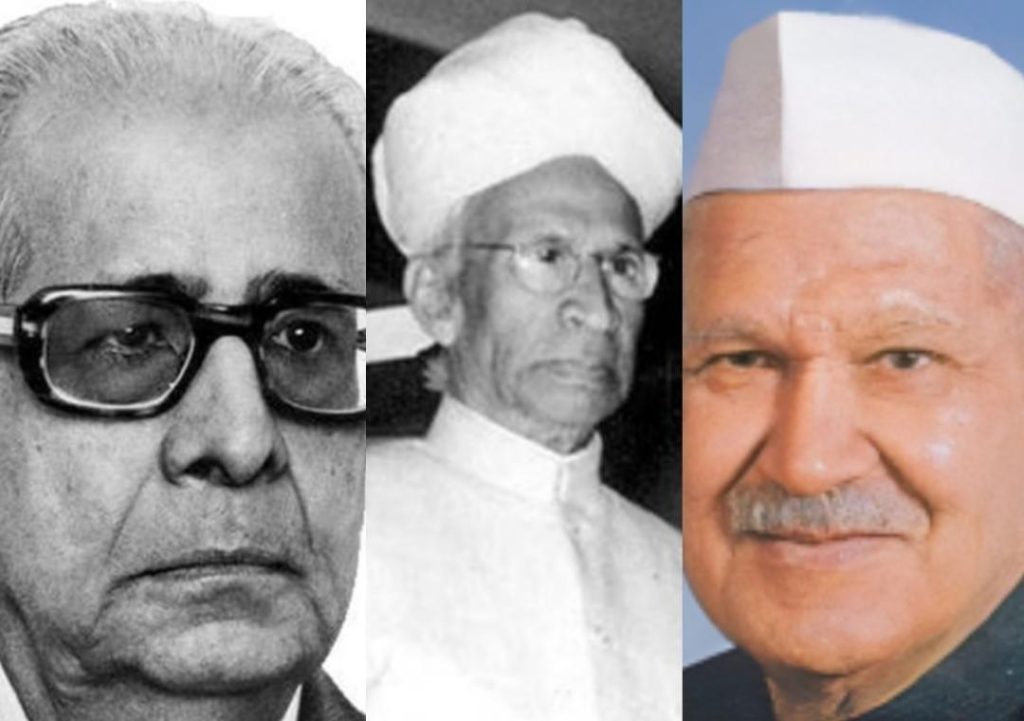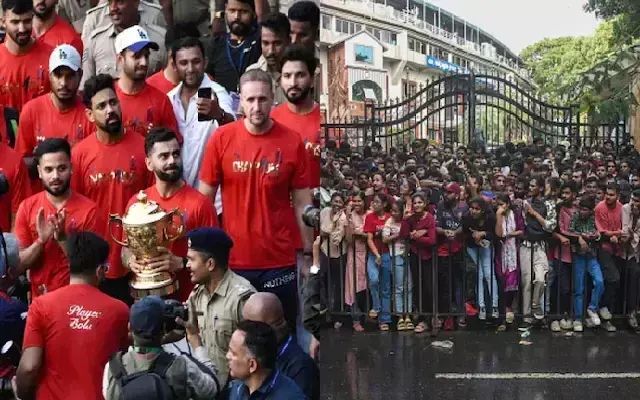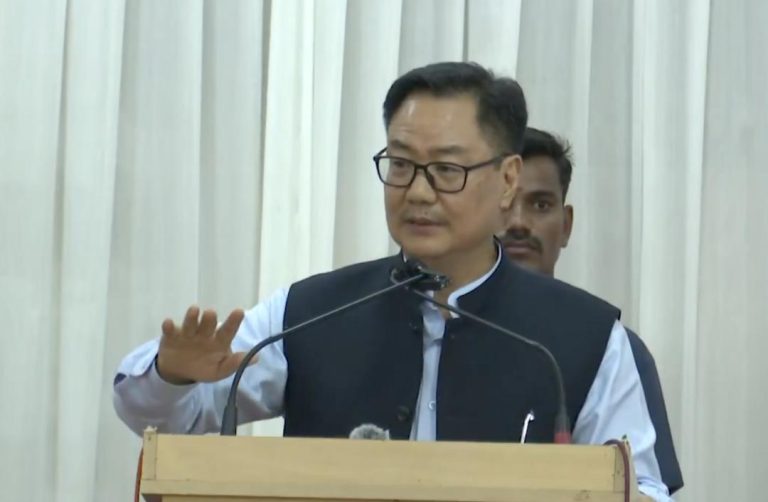
Only 4 of 16 Vice Presidential polls have been won without contest
When it comes to the Vice Presidential elections in India, one would expect a crowded field of candidates vying for the second-highest office in the land. However, a closer look at the history of these elections reveals that only a handful of Vice Presidents have been elected without a contest.
As of now, there have been a total of 16 Vice Presidential elections held in India since the country gained independence in 1947. And, surprisingly, only four of these elections have been won without a contest. This anomaly is worth exploring, especially in light of the fact that the Vice President plays a crucial role in the functioning of the government.
Let us take a closer look at the four instances where Vice Presidents were elected unopposed to their positions.
The first instance dates back to 1952, when Sarvapalli Radhakrishnan was elected as the Vice President of India. Radhakrishnan, a renowned philosopher and educationist, went on to serve two terms as Vice President, from 1952 to 1962. His first election in 1952 was uncontested, with no other candidate daring to challenge him.
The second instance occurred in 1979, when Ex-Chief Justice of India Mohammad Hidayatullah was elected as the Vice President without a contest. Hidayatullah, a veteran lawyer and jurist, was a respected figure in Indian political circles, and his unopposed election was seen as a testament to his widespread popularity.
The third instance of an uncontested Vice Presidential election took place in 1987, when Shankar Dayal Sharma was elected to the post. Sharma, a former Governor of Assam and Manipur, went on to serve as the Vice President from 1987 to 1992.
The most recent instance of an uncontested Vice Presidential election was in 2017, when M. Venkaiah Naidu was elected as the Vice President of India. Naidu, a seasoned politician and former Union Minister, was a consensus candidate and was elected without a contest.
What could be the reasons behind this phenomenon? One possible explanation is that the Vice President’s role is often seen as a ceremonial one, with the President serving as the head of state. As a result, the contest for the Vice Presidential position may not be as intense as it is for the Presidential elections. Additionally, the Vice President is often chosen based on their reputation, experience, and credentials, which may make it difficult for other candidates to muster a credible challenge.
Another possible explanation is that the Vice Presidential elections are often seen as a formality, with the winning candidate being a foregone conclusion. This could be due to various factors, such as the lack of opposition parties having a strong candidate, or the fact that the election is often held soon after the Presidential election, leaving little time for other parties to field a candidate.
In conclusion, while the Vice Presidential elections in India have been marked by a high degree of competitiveness in many cases, there have been instances where the election has been won without a contest. These instances highlight the importance of the Vice President’s role in the functioning of the government and the respect and admiration they have earned from the public and political circles. As we look ahead to future Vice Presidential elections, it will be interesting to see if this trend continues or if we will see a shift towards more contested elections.
Source: https://repository.inshorts.com/articles/en/PTI/2d874305-c75e-4696-a042-8104bc5a0abb






